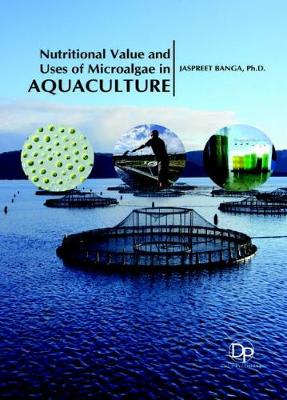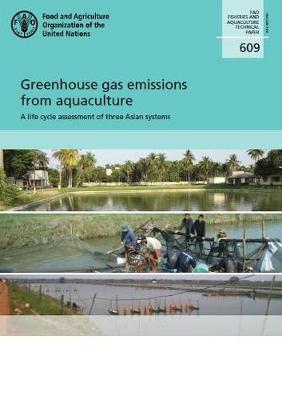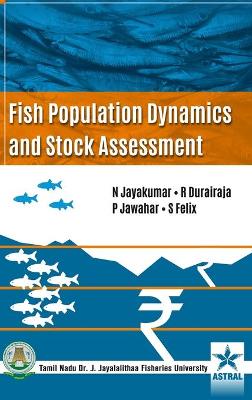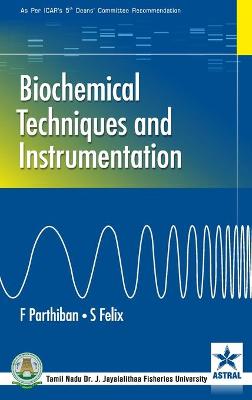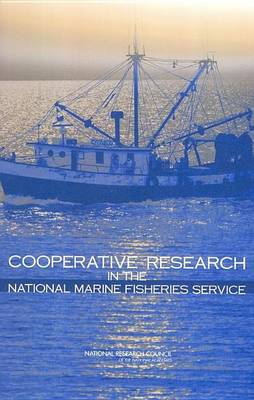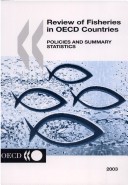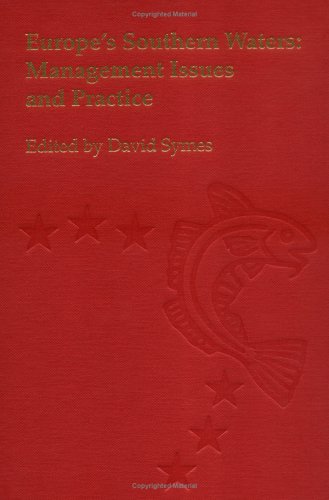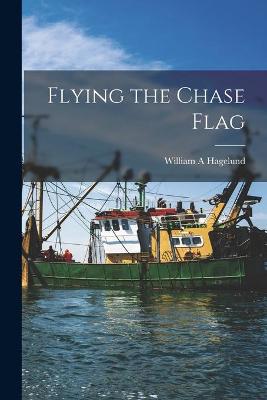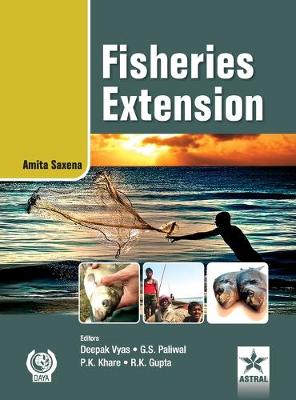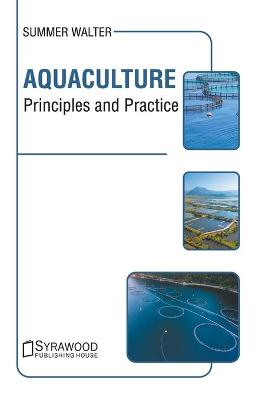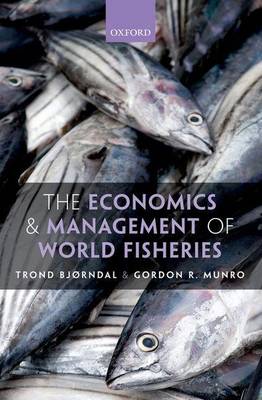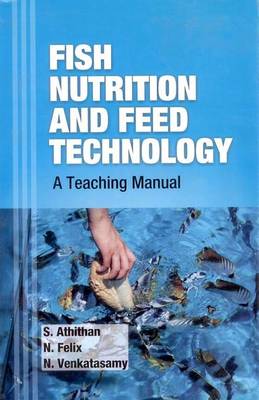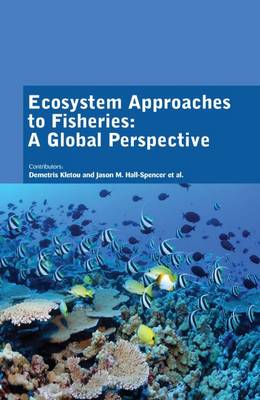Report of the Fao-Adaa Workshop on the Management of Small Scale Fishery Enterprises
Nutritional Value and Uses of Microalgae in Aquaculture
Microalgae, are enormously bio-diverse microscopic algae that are primary producers of biomass and oxygen by photosynthesis, ie from carbon dioxide in the presence of sunlight, in marine or freshwater systems. It is un-disputed that they are the basic sustenance units of earth's atmosphere, as they produce approximately half of the atmospheric oxygen and use simultaneously the greenhouse gas carbon dioxide to grow photoautotrophically. In addition to biological diversity, the chemical compositio...
Greenhouse gas emissions from aquaculture (FAO fisheries and aquaculture technical paper, #609)
by David H.F. Robb
In order to estimate the possible scale of greenhouse gas emissions in aquaculture in Asia, this publication studies three aquaculture systems: Nile tilapia in Bangladesh, Indian major carps in India and striped catfish in Viet Nam. The analysis improves the understanding of where and how greenhouse gas emissions arise in Asian aquaculture, whilst highlighting weaknesses in the currently available data. It explains the variation at every stage of the three aquaculture systems and suggests farmin...
These are the proceedings from the workshop on ""Climate change implications for fishing communities in the Lake Chad Basin: What have we learned and what can we do better?"" held in N'Djamena, Chad from 18 to 20 November, 2011, organised by the Lake Chad Basin Commission in collaboration with the FAO Fisheries and Aquaculture Department. The meeting identified vulnerabilities specific to the fisheries and recommendations for actions to increase adaptability and resilience of the fisheries syste...
Biochemical Techniques and Instrumentation
by F Parthiban and S Felix
Giant Clams in Asia and the Pacific (ACIAR Monographs, No 9)
by J.W. Copland and J.S. Lucas
Review of Fisheries in OECD Countries
Fisheries Ecology and Management
by Carl J Walters and Steven J D Martell
Quantitative modeling methods have become a central tool in the management of harvested fish populations. This book examines how these modeling methods work, why they sometimes fail, and how they might be improved by incorporating larger ecological interactions. Fisheries Ecology and Management provides a broad introduction to the concepts and quantitative models needed to successfully manage fisheries. Walters and Martell develop models that account for key ecological dynamics such as trophic i...
Mediterranean fisheries are in transition. With a poorly developed continental shelf and no 200 mile EEZs, coastal state jurisdiction extends only to 12nm, beyond which lie international waters. The industry's structure is dominated by small scale, artisinal enterprises with poorly developed shore based infrastructure. Management of the region's marine resources is highly fragmented. Moreover, the changing political situation, with the Mahgreb countries now asserting coastal state jurisdiction o...
Report of the First Session of the Commission for Inland Fisheries of Latin America (Fao Fisheries Reports: No. 222, #222)
In the nineteenth century the Scottish herring fisheries achieved a position of world leadership, and fishing continued to make a significant contribution to the country's economy until the second half of the twentieth century. Now, as this important and scholarly survey is re-released, the future of the Scottish fishing industry is very uncertain. The author builds on previous study of the subject and also brings his own original and extensive research to bear in tracing the development of the...
Com (96) 611 Final, Brussels 27.11.1996 - 96/0287 (CNS) (COM (93) 28 final - vol.12, Brussels, 2 April 1993)
The Economics and Management of World Fisheries
by Professor Emeritus Gordon Munro
Fish Nutrition and Feed Technology: A Teaching Manual
by S. Athithan
Ecosystem Approaches to Fisheries: A Global Perspective
Key to the Marine and Freshwater Fisheries of Britain and Ireland

